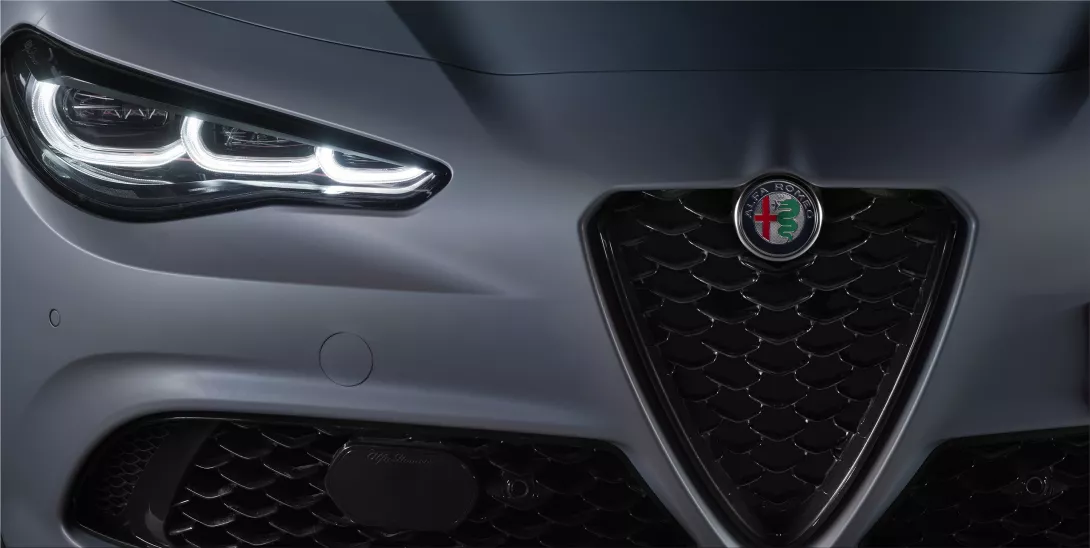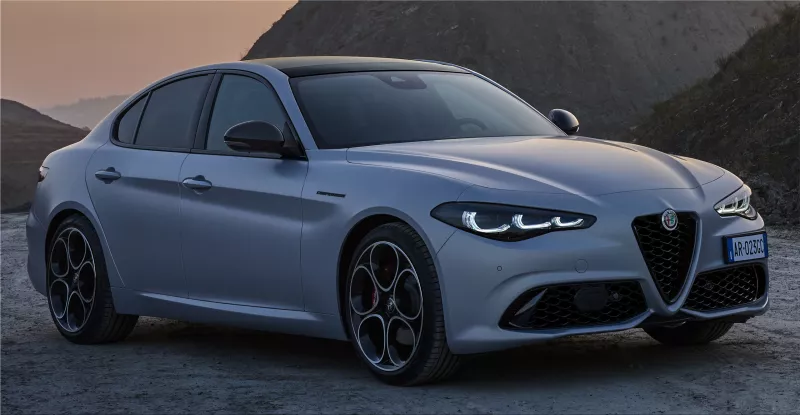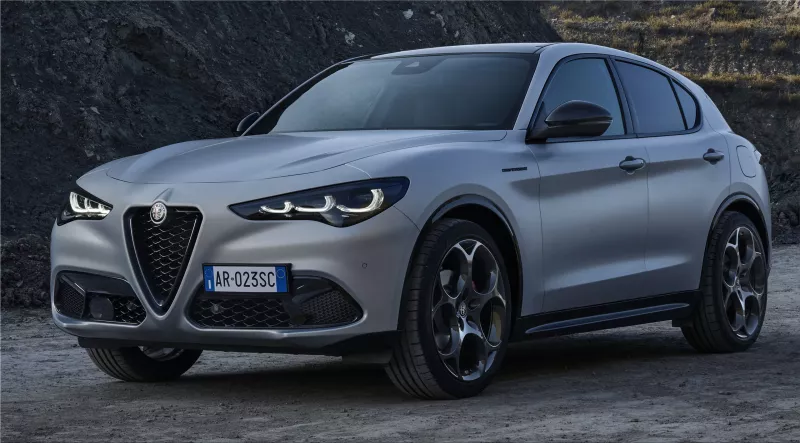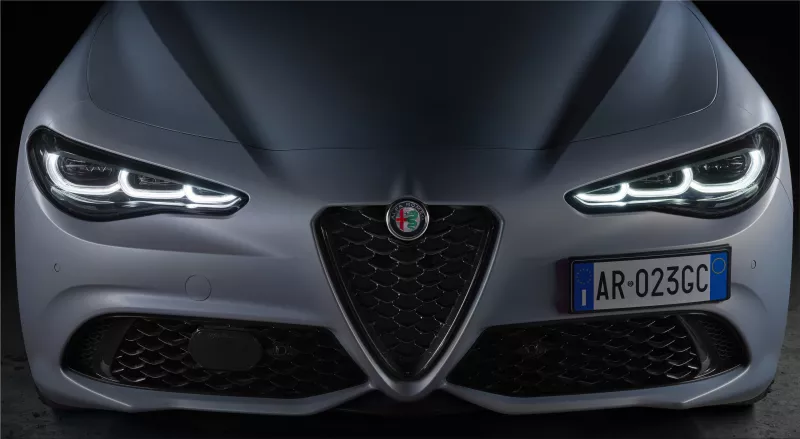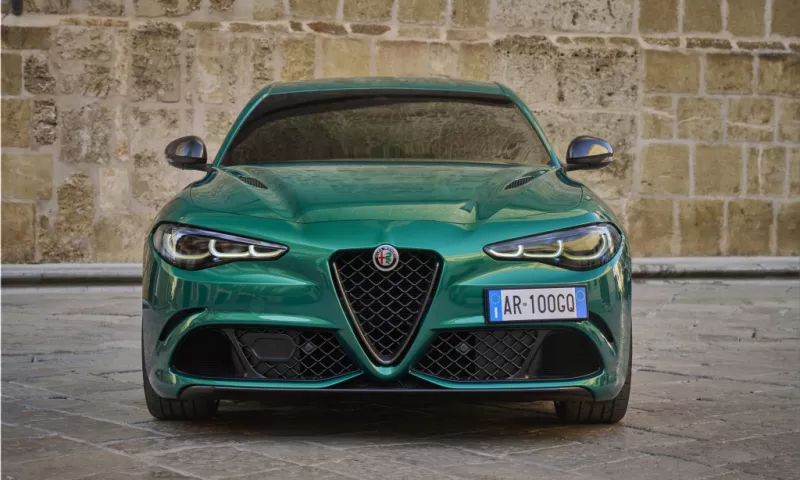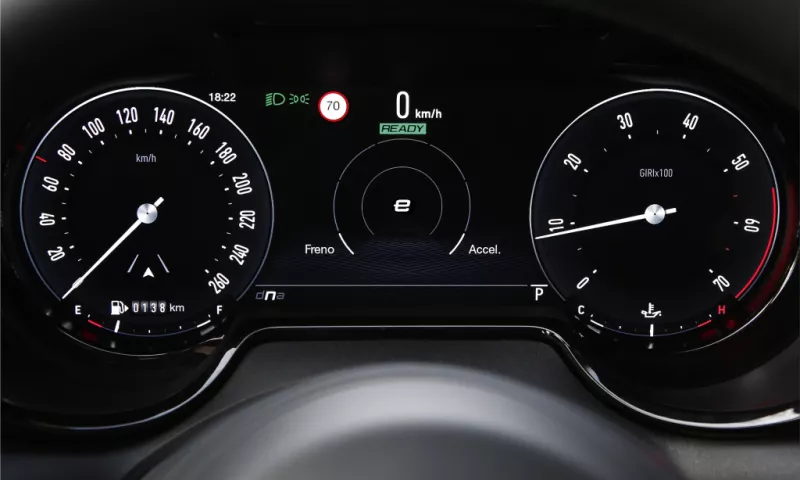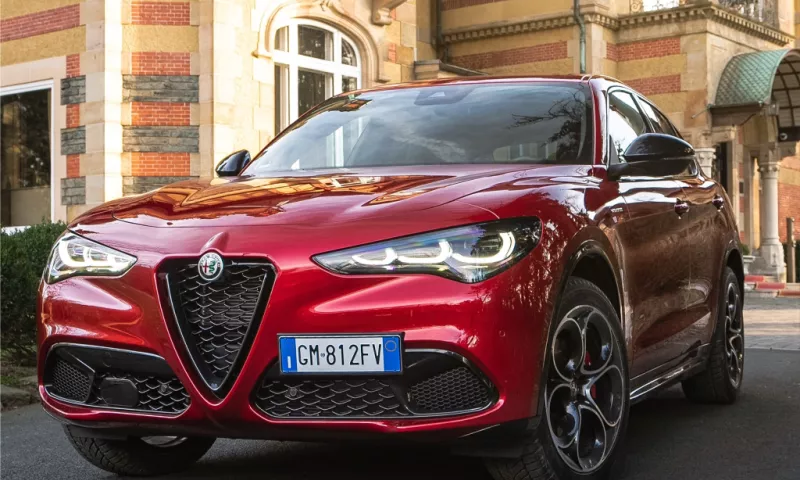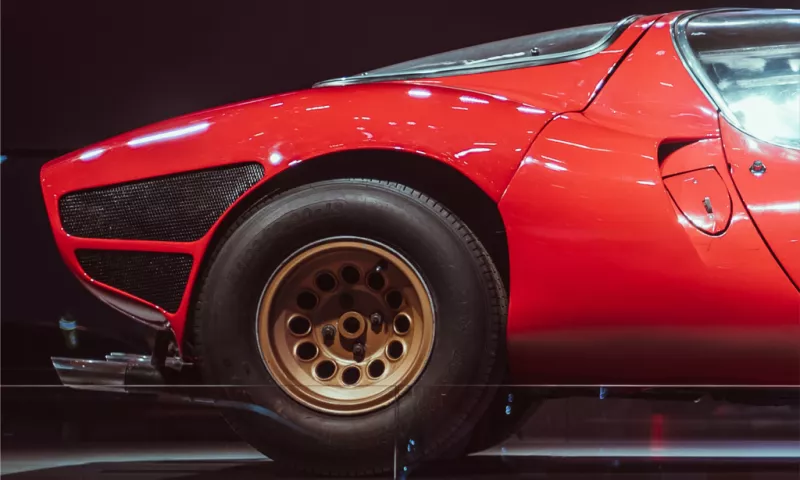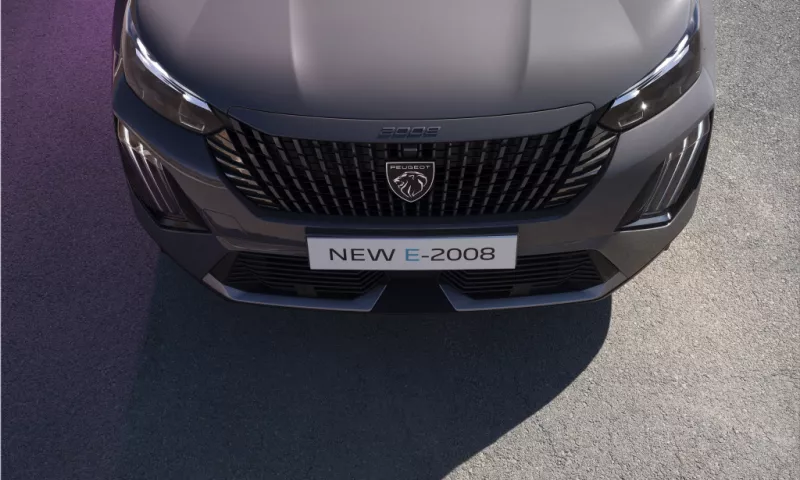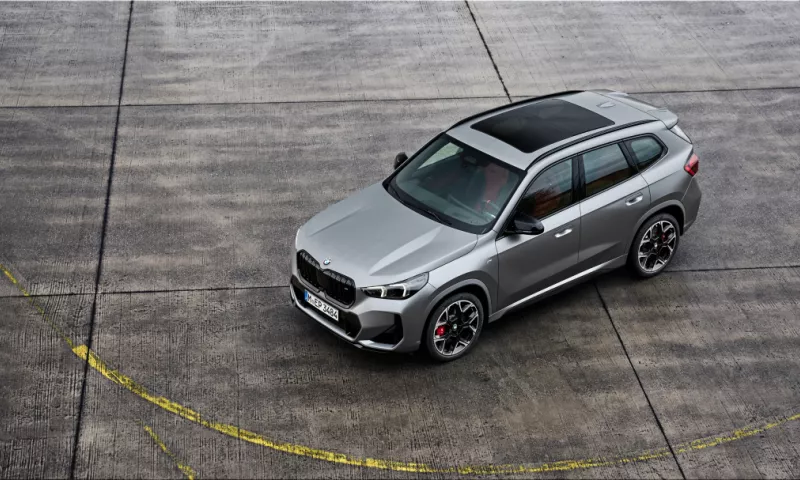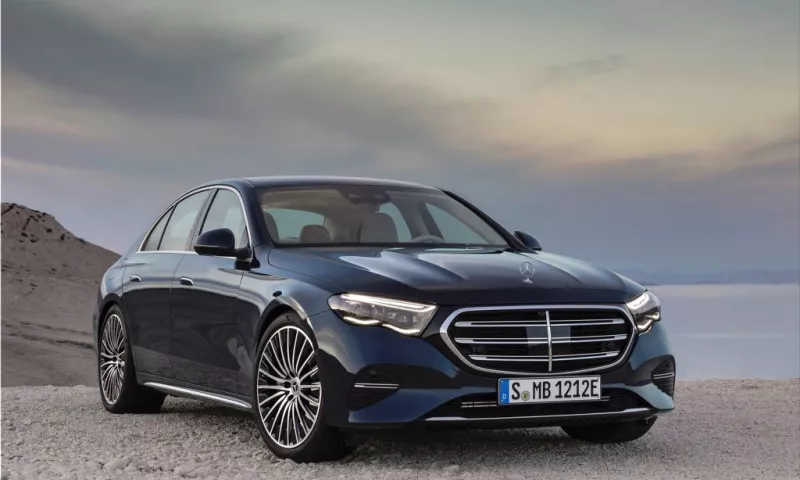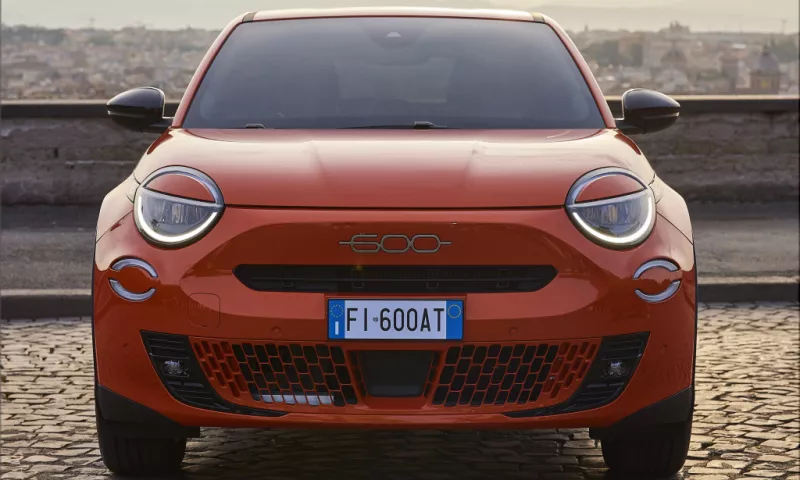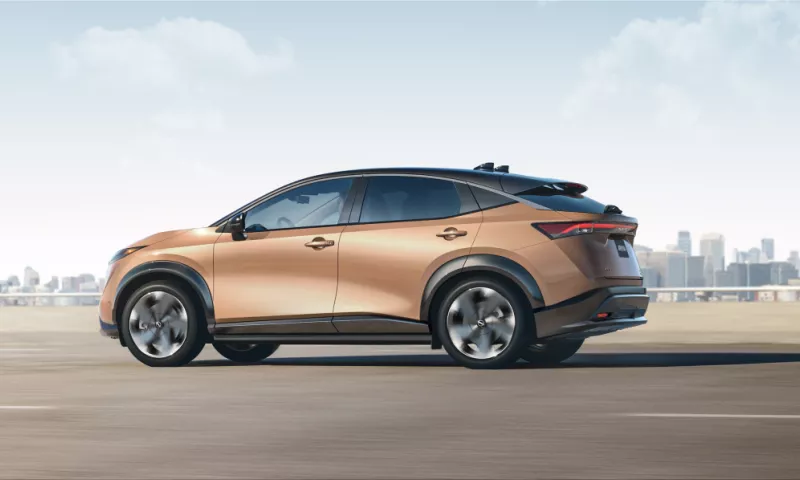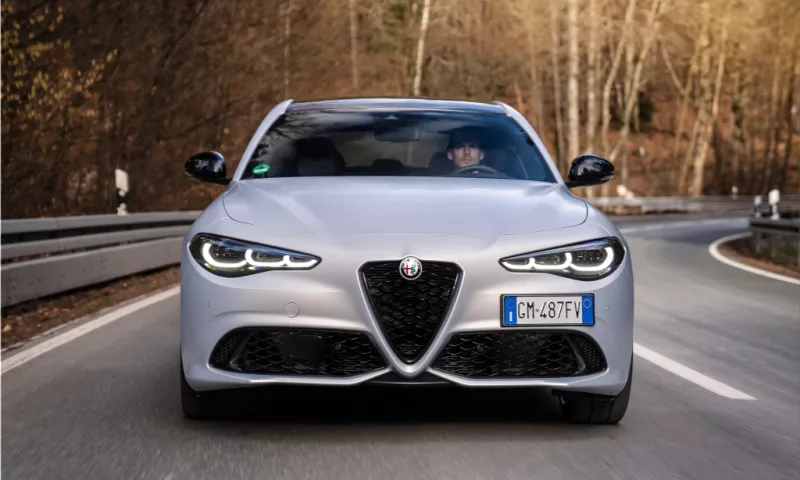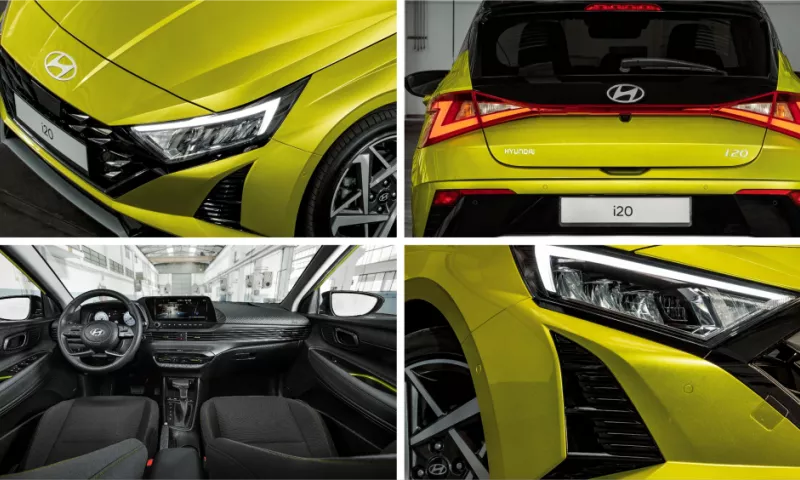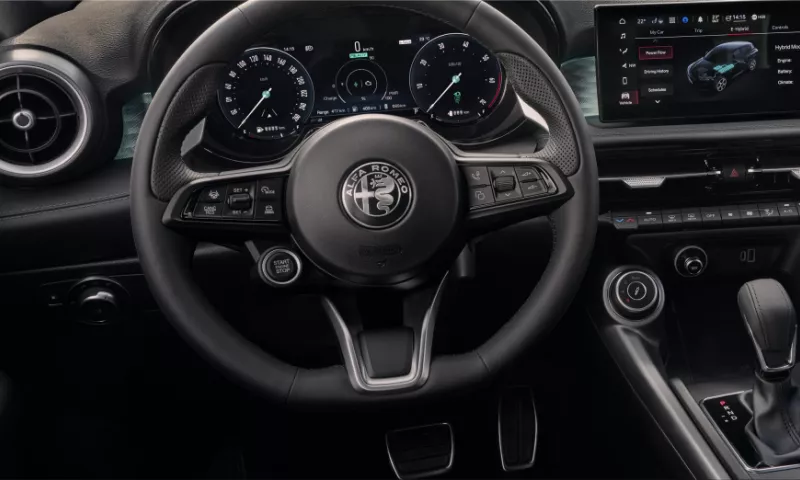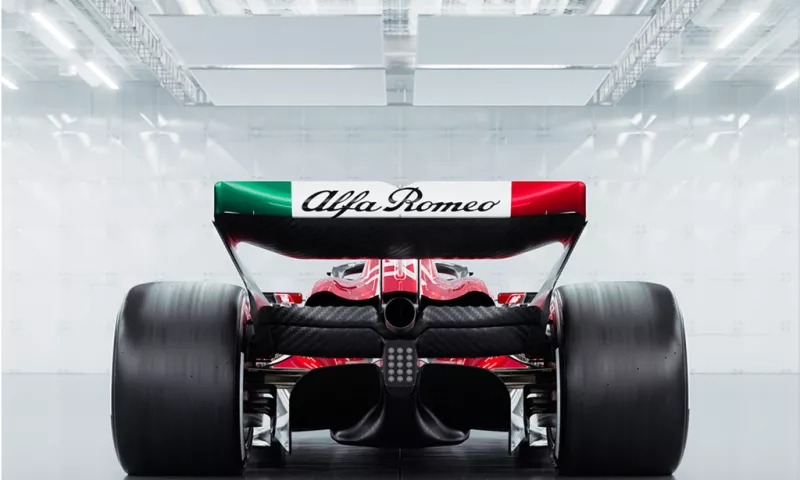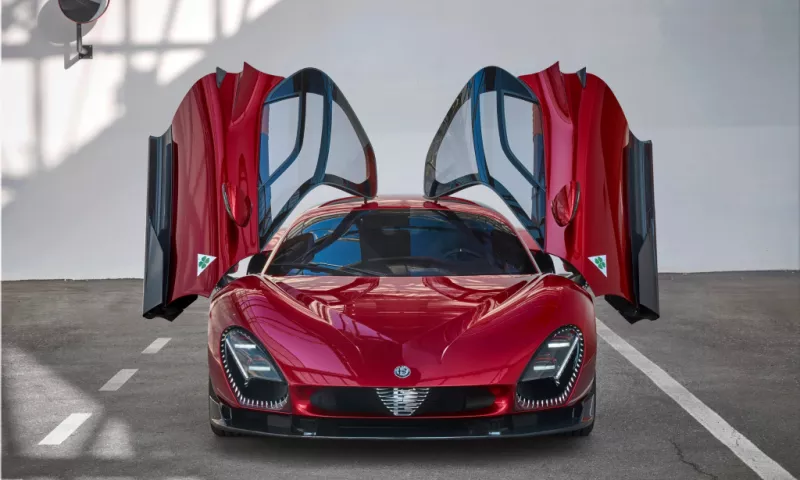Alfa Romeo introduces two new updated models: the new Alfa Romeo Giulia and the new Alfa Romeo Stelvio. The two Alfa Romeos, noted for their gorgeous design and superb driving characteristics in their respective segments (the D-segment and the D-SUV segment), have updated design features and technology.
The "Scudetto" grille and lower air intakes are referred to as the "Trilobo" front and are seen on all Alfa Romeo models. The distinctive front of the Giulia and the Stelvio has received new air intake grilles. Adding "3+3" adaptive full-LED Matrix headlamps has given the cars' "face" a significant facelift, emphasizing the kinship with the new Tonale. The matrix lights are adaptable LED units that illuminate the road with a bright, persistent high beam without dazzling oncoming traffic or road users in front of them. The new 3+3 headlights pay homage to earlier Alfas, including the classic Alfa Romeo SZ Zagato and the Alfa Romeo Proteo concept car. LED taillights have been added to the Stelvio and Giulia, which are contained in clear glass and smoked glass with a black finish.
The instrument panel of the Alfa Romeo Giulia and Stelvio includes a fresh new 12.3-inch TFT screen where all information about the drive can be accessible. The screen has three layout options: Evolved, Relax, and Heritage. Evolved symbolizes Alfa Romeo's future design, focusing on the middle of the screen. Relax is designed for relaxation and just provides the most important driving information. Heritage boasts a traditional layout inspired by the brand's historical models from the 1960s and 1970s.
